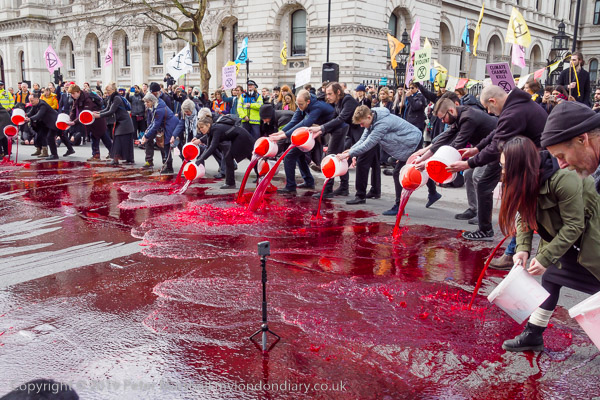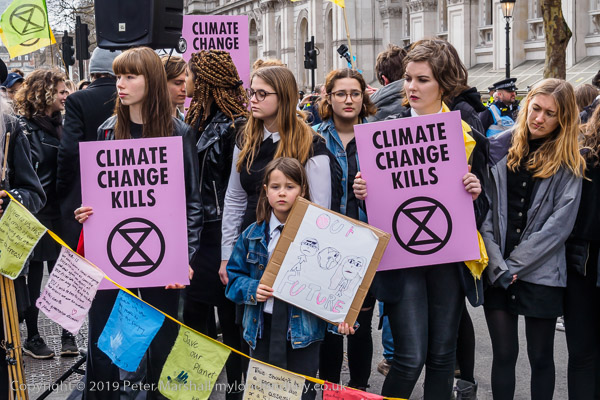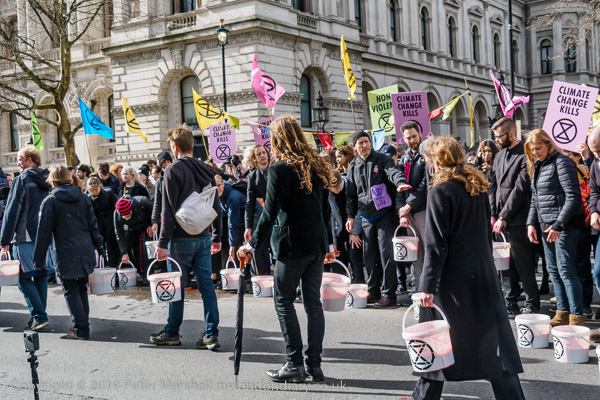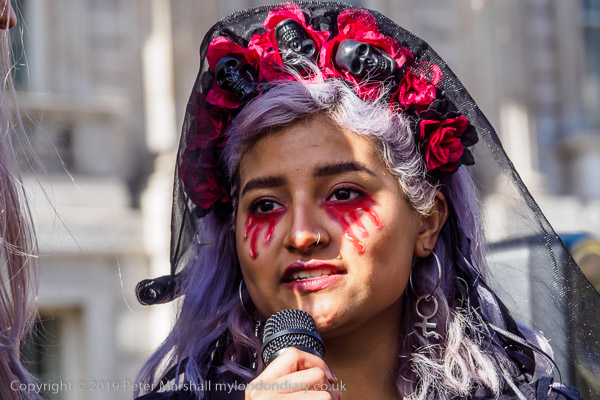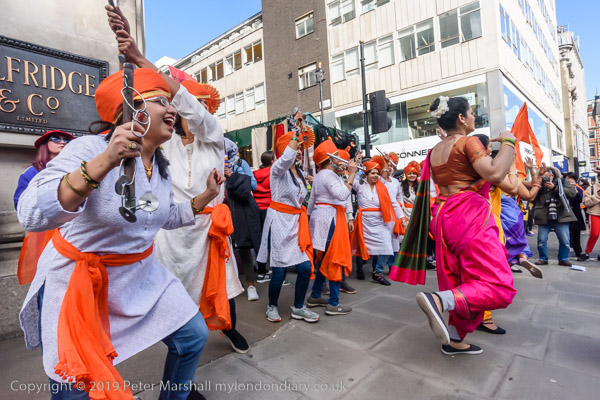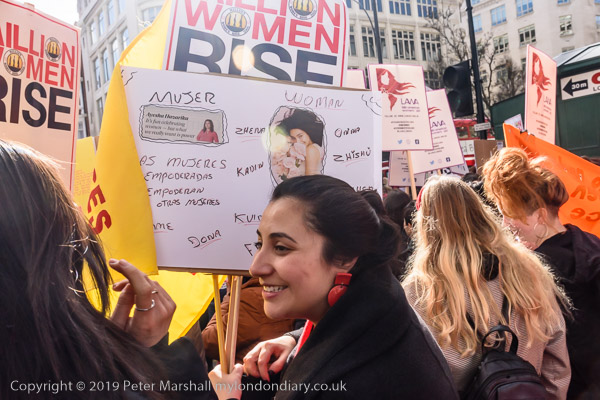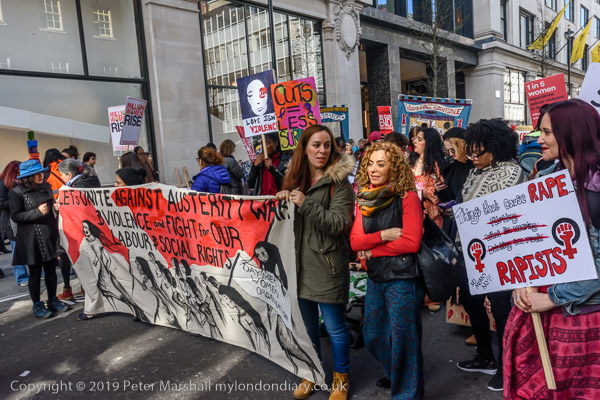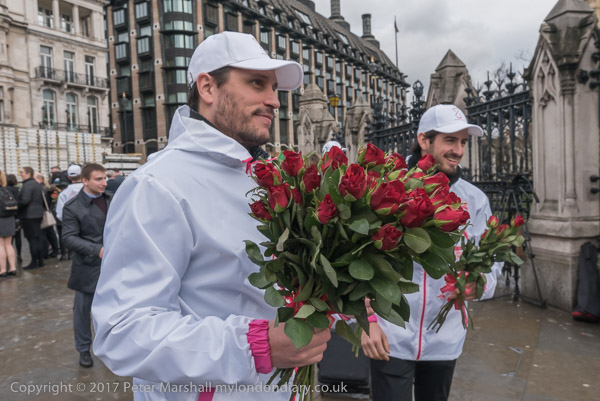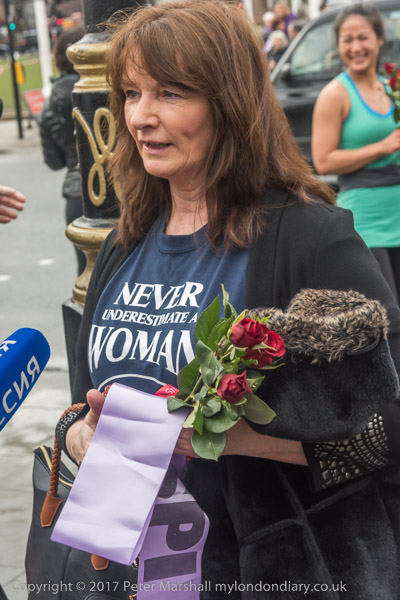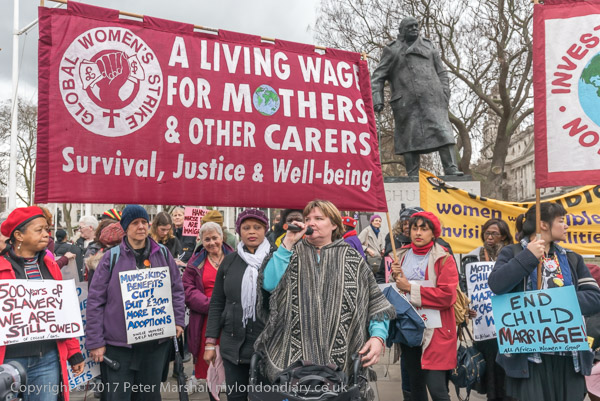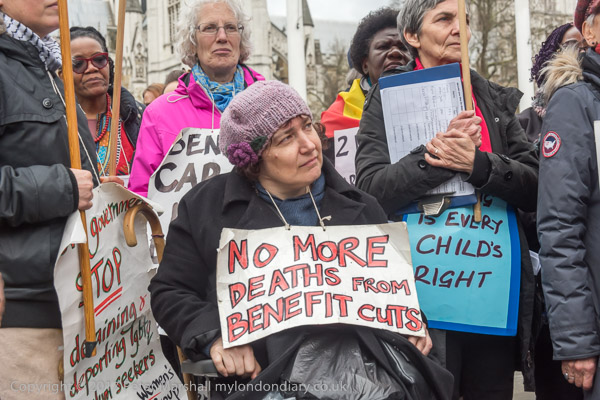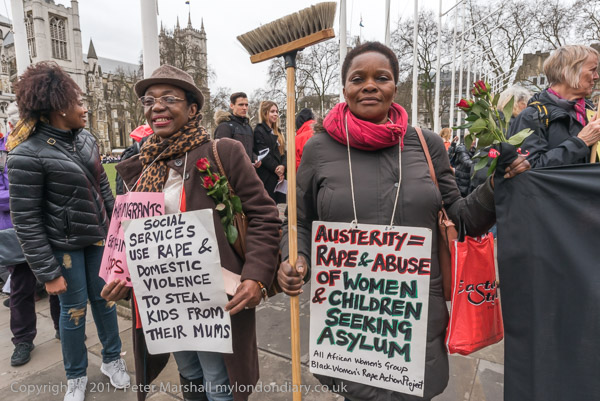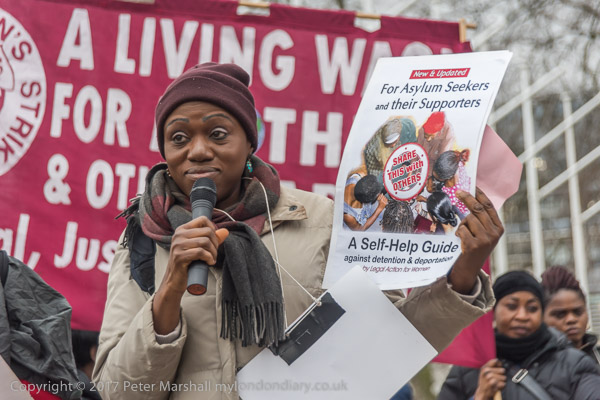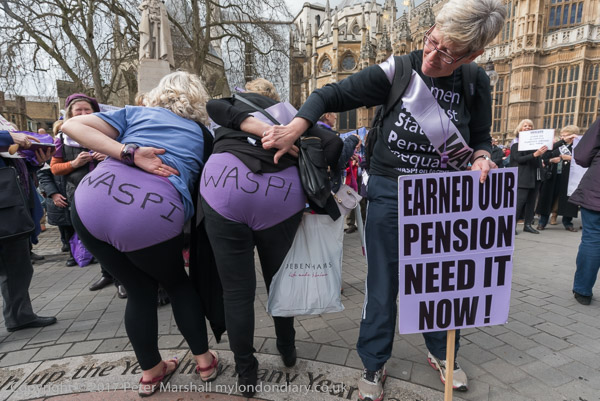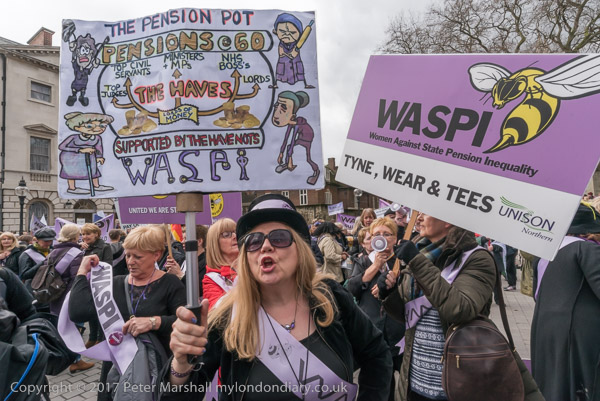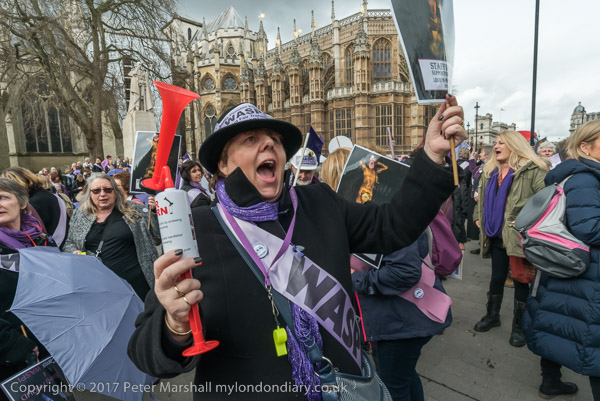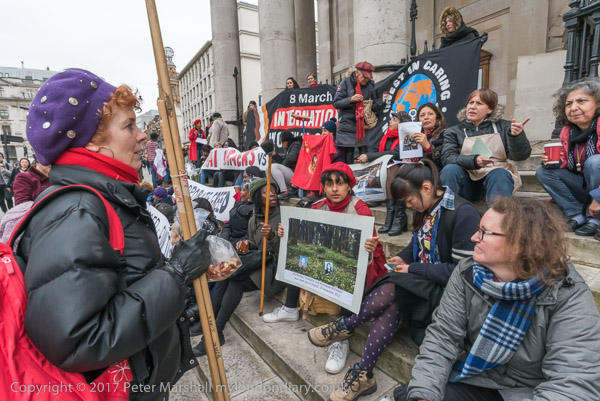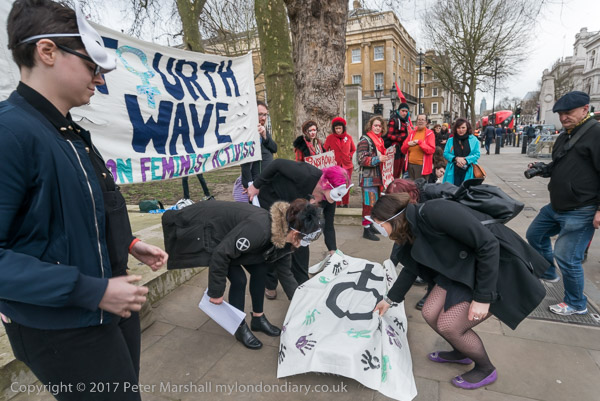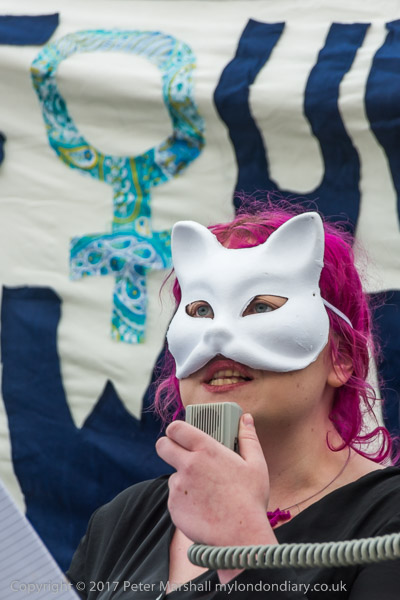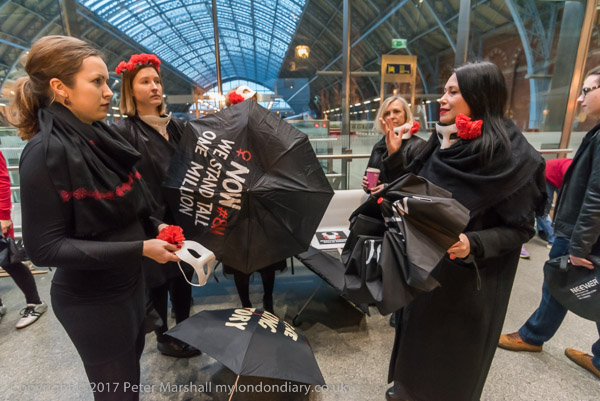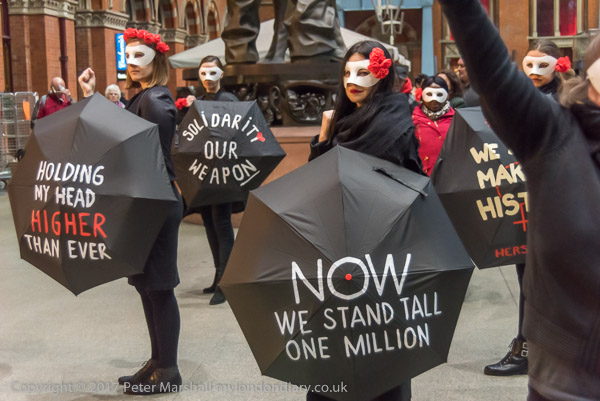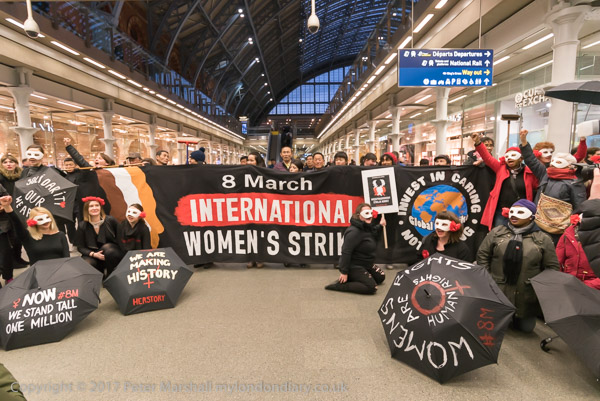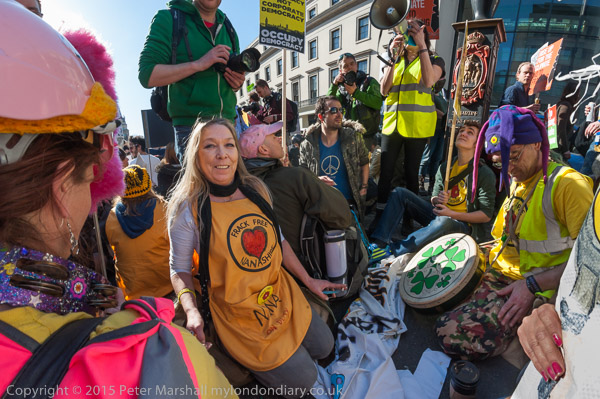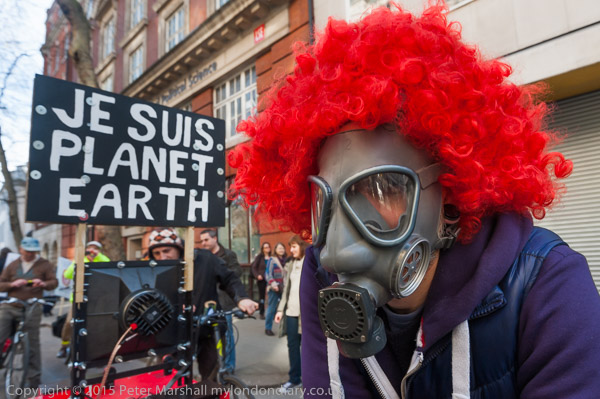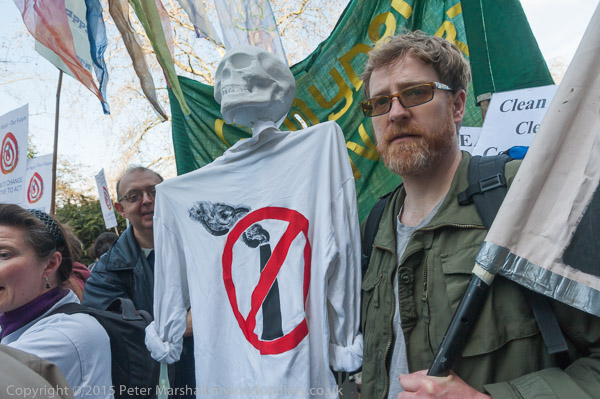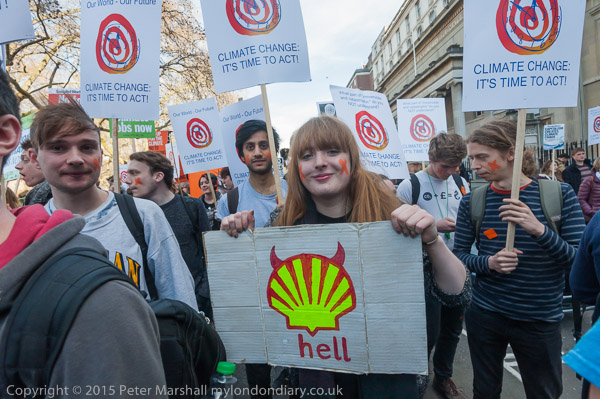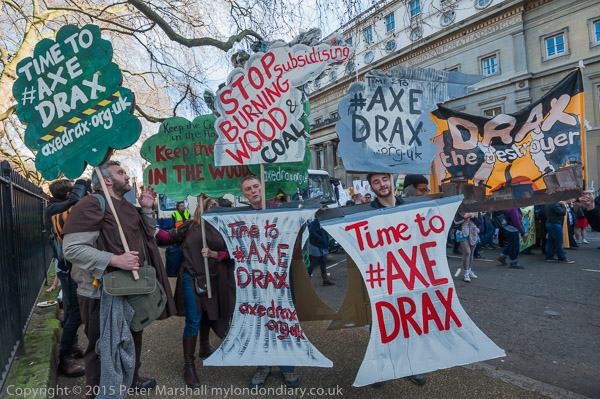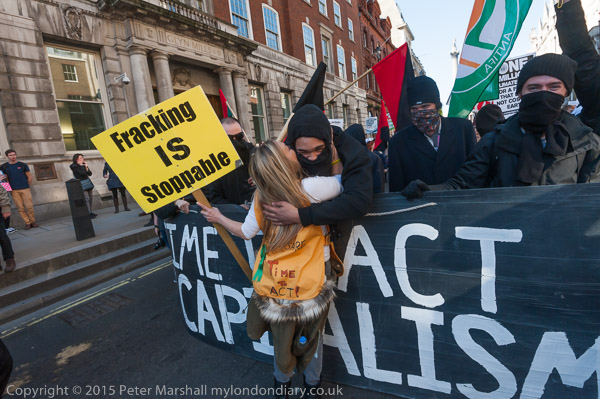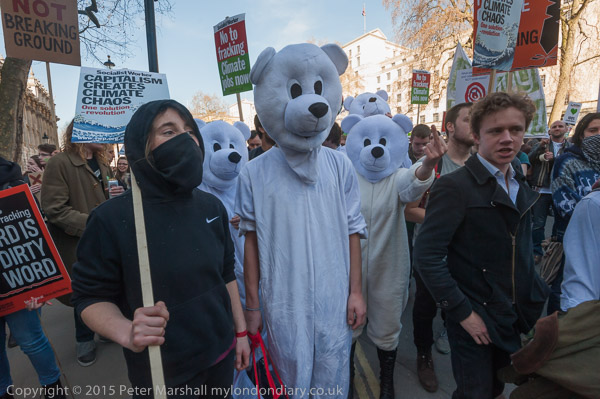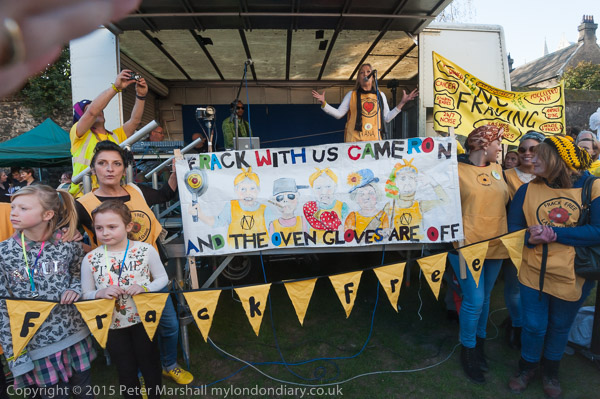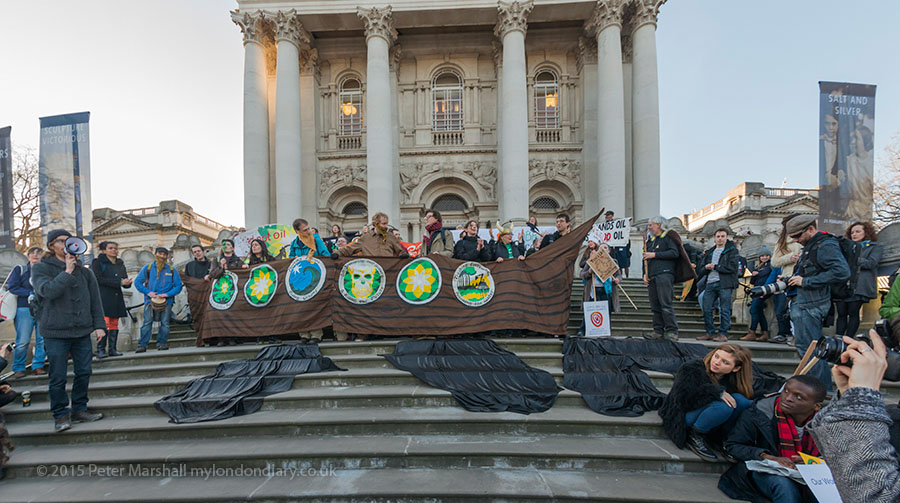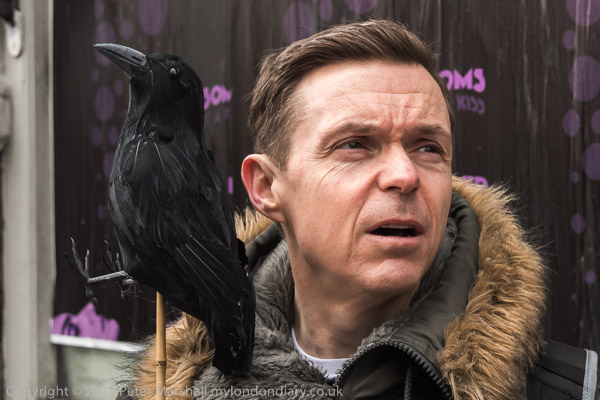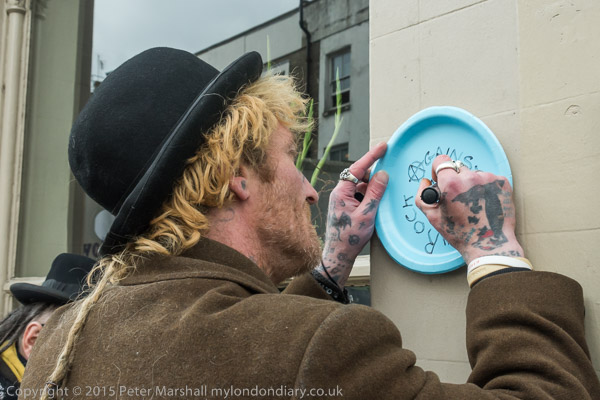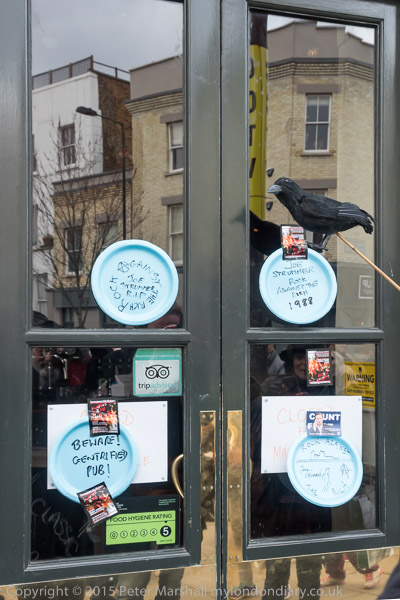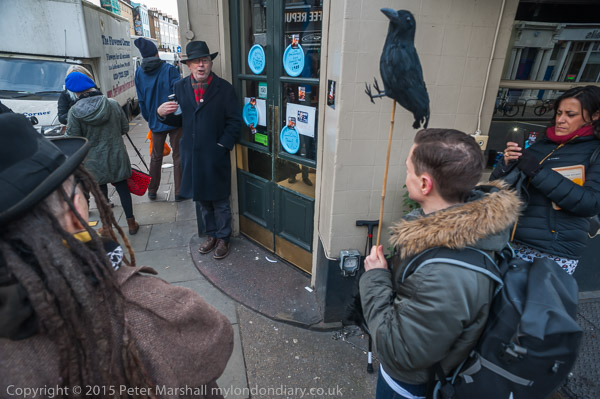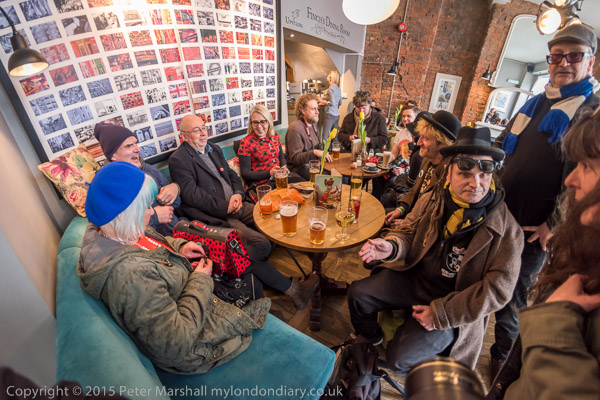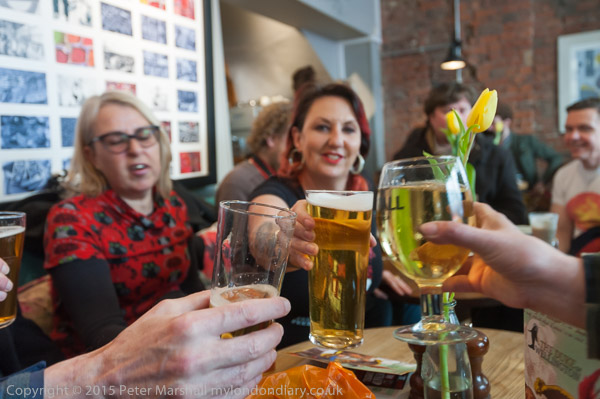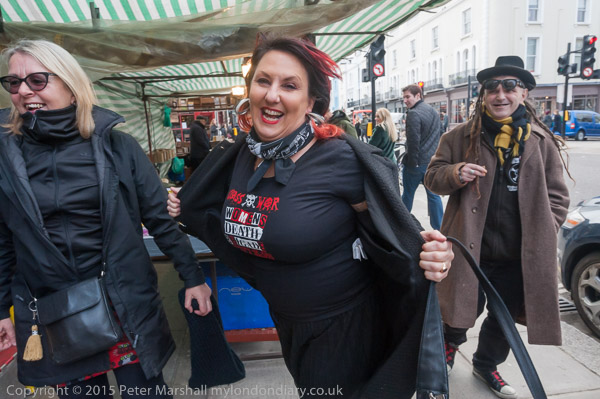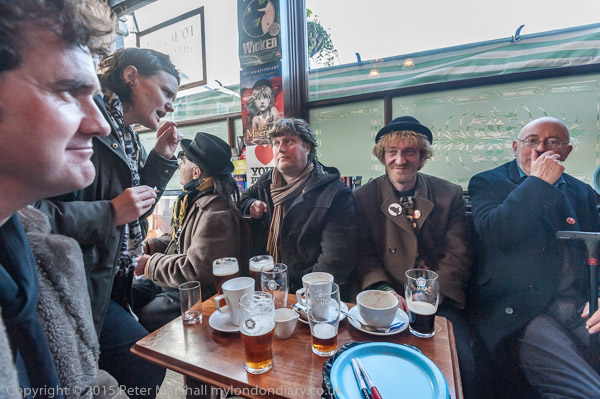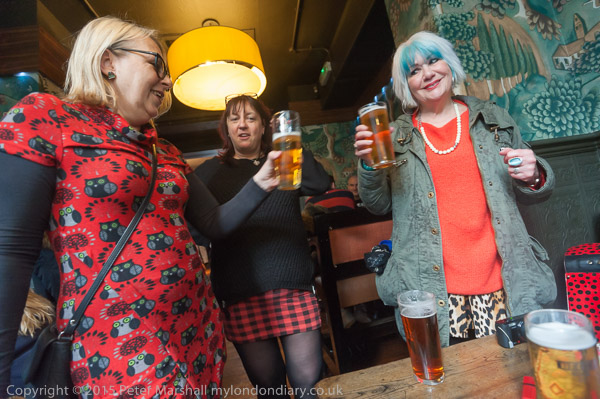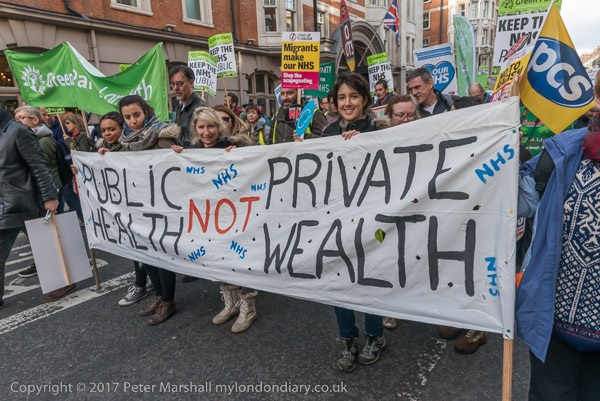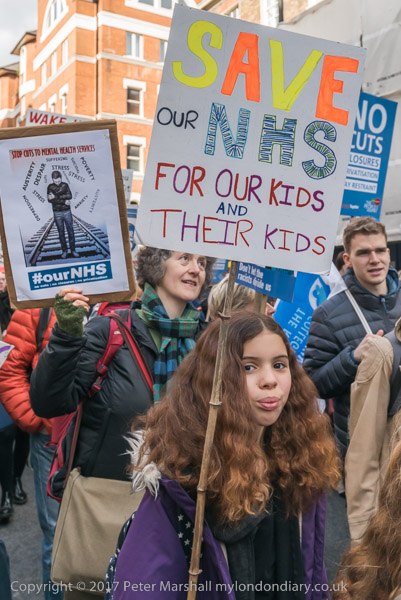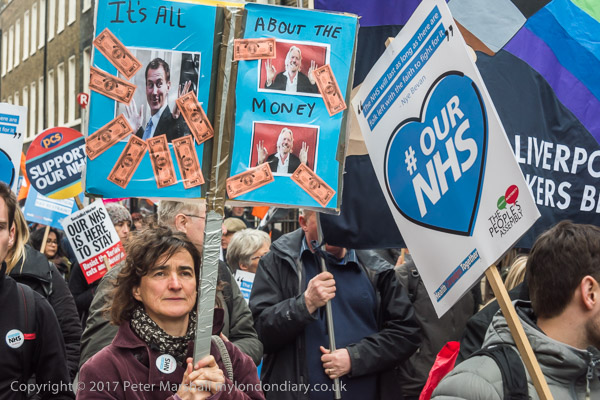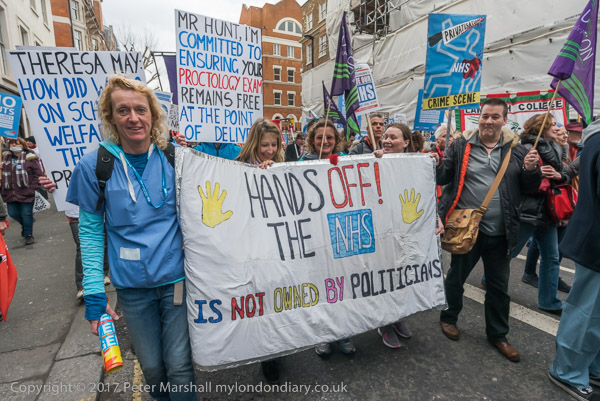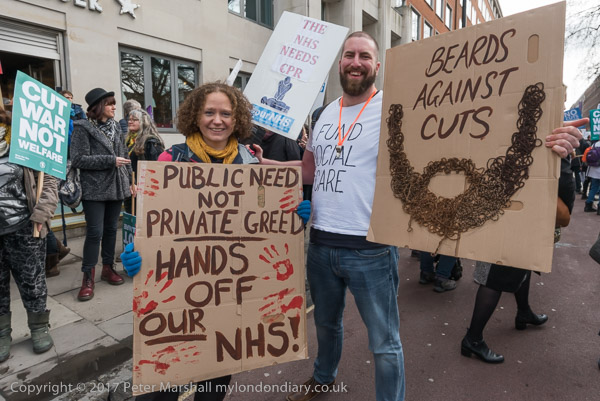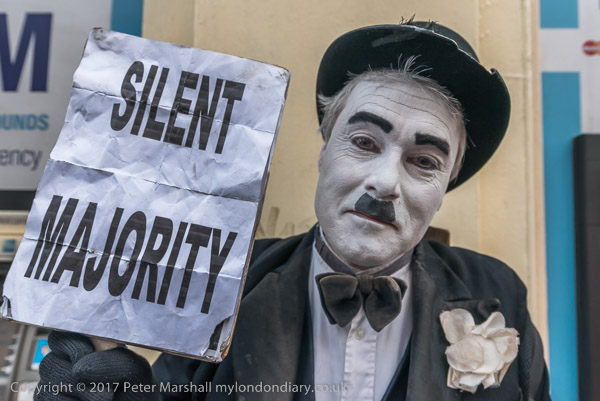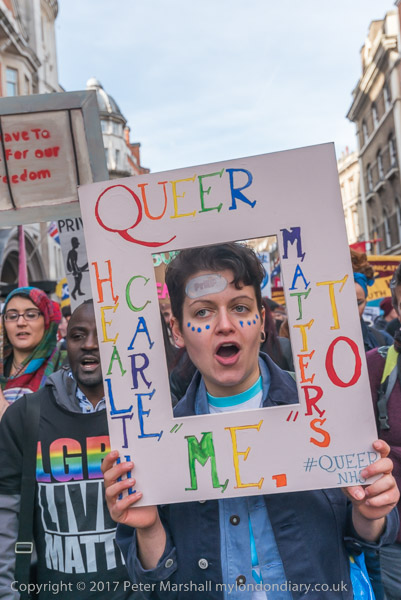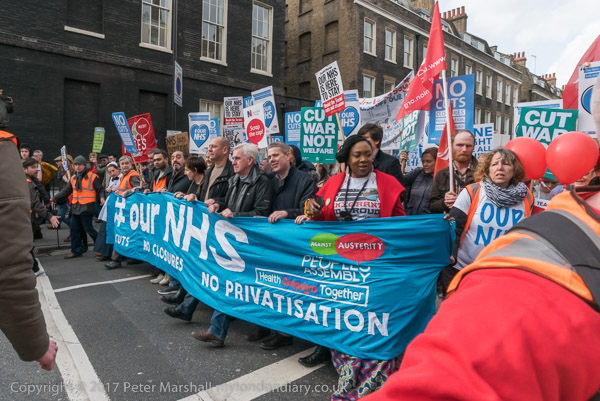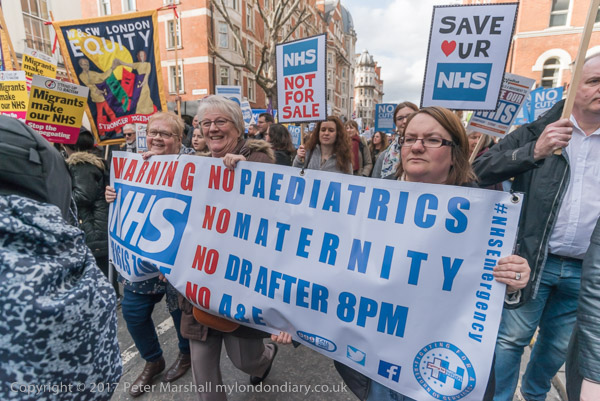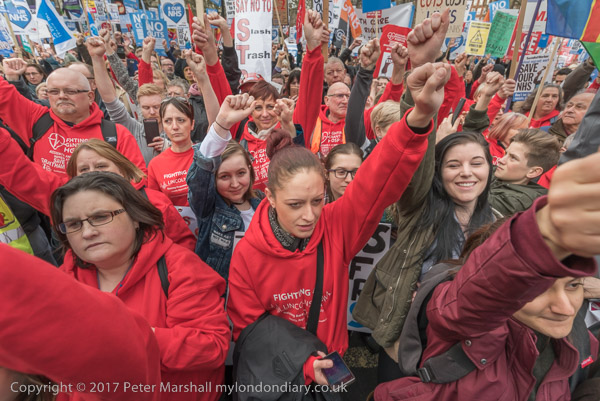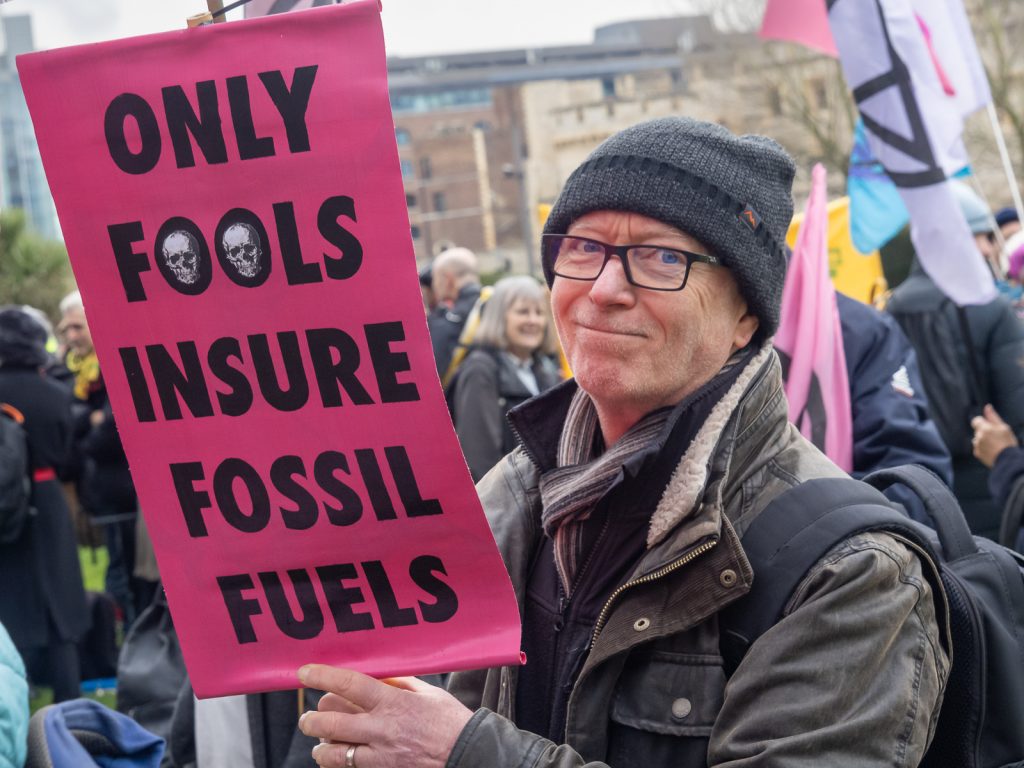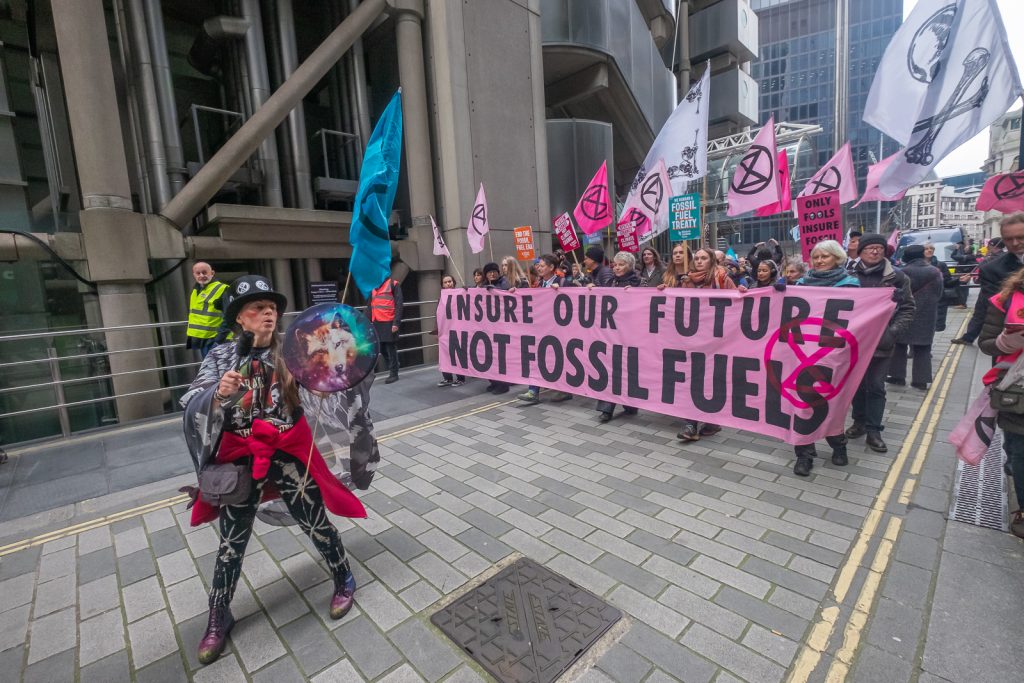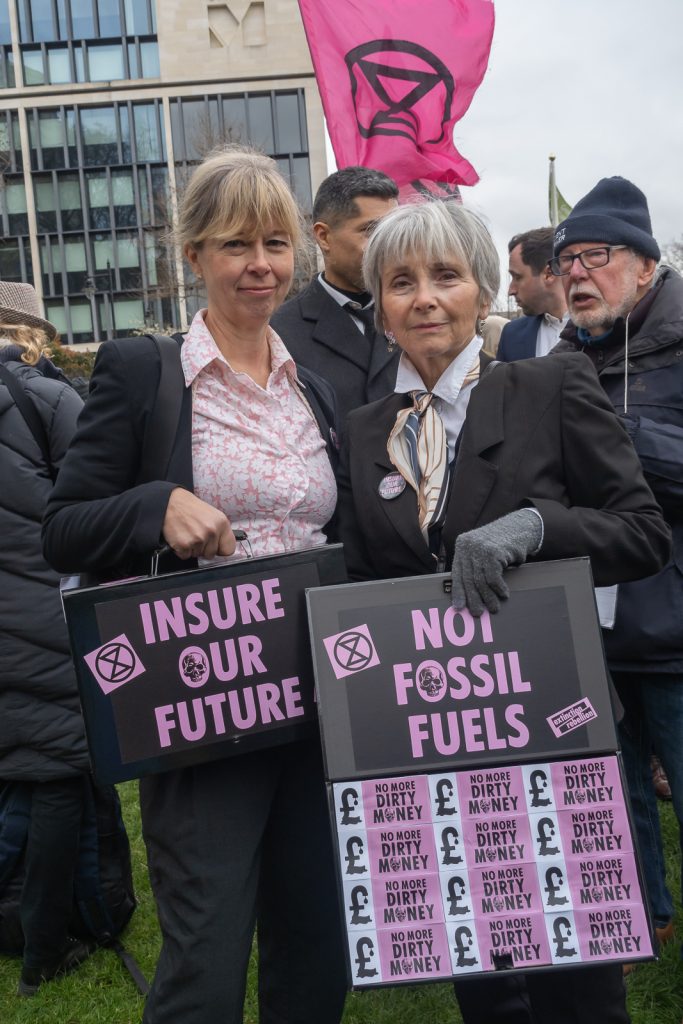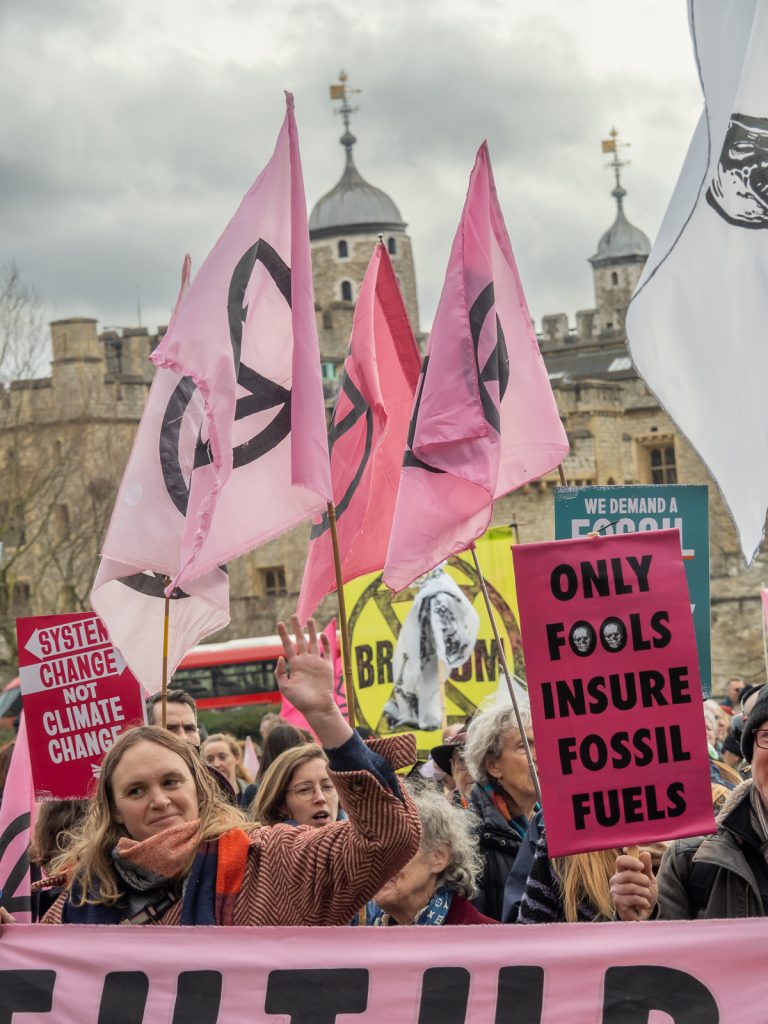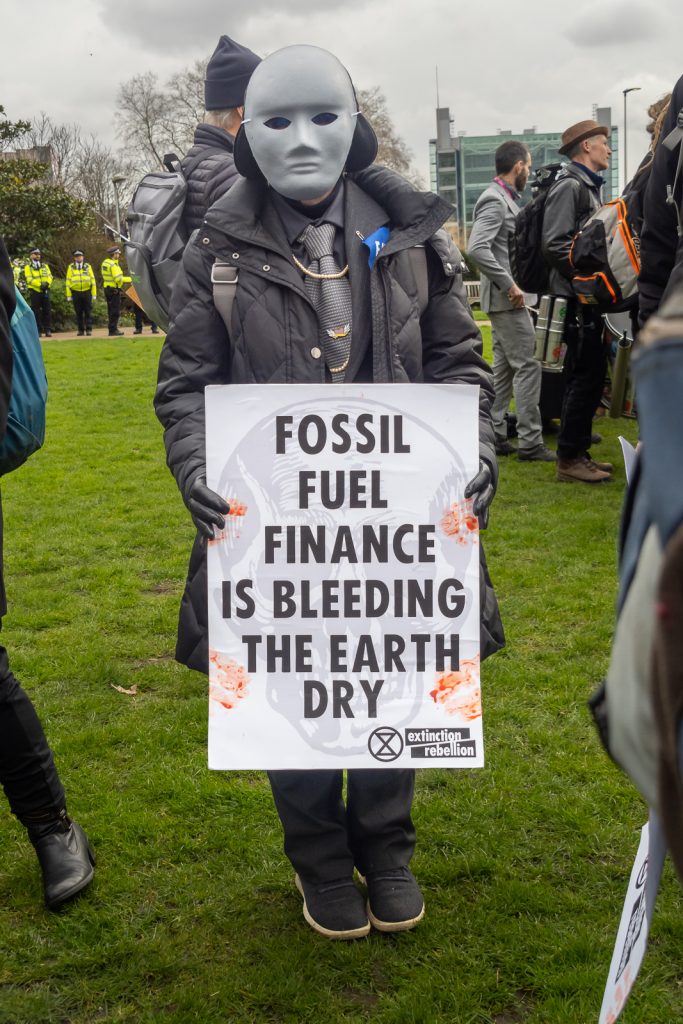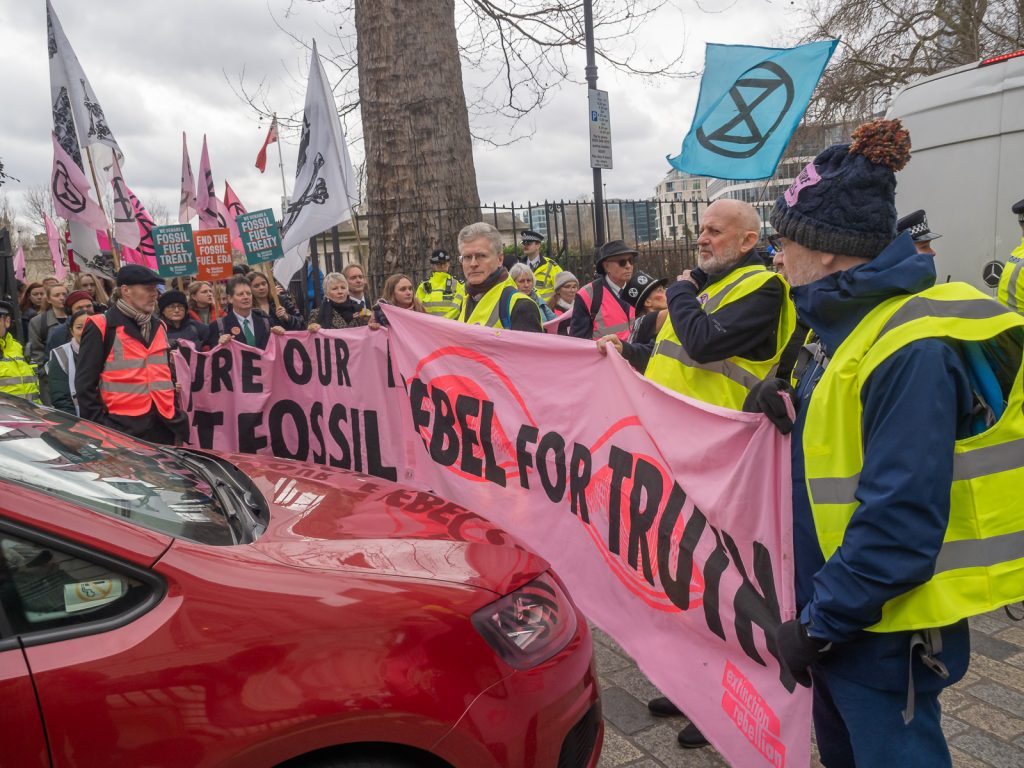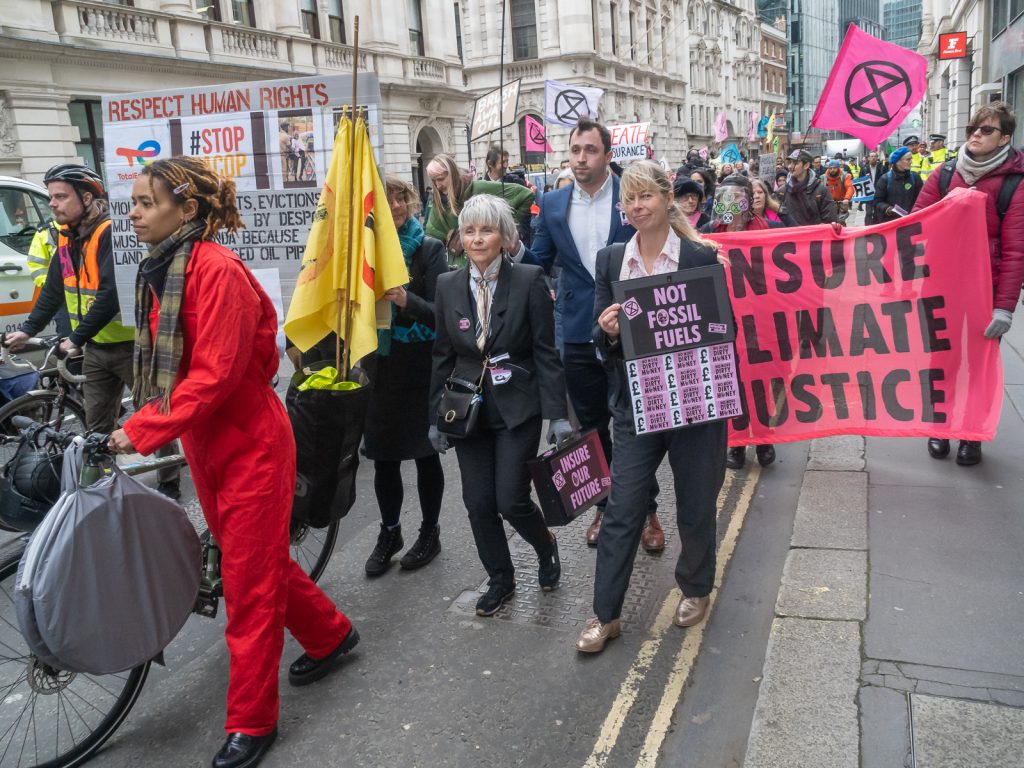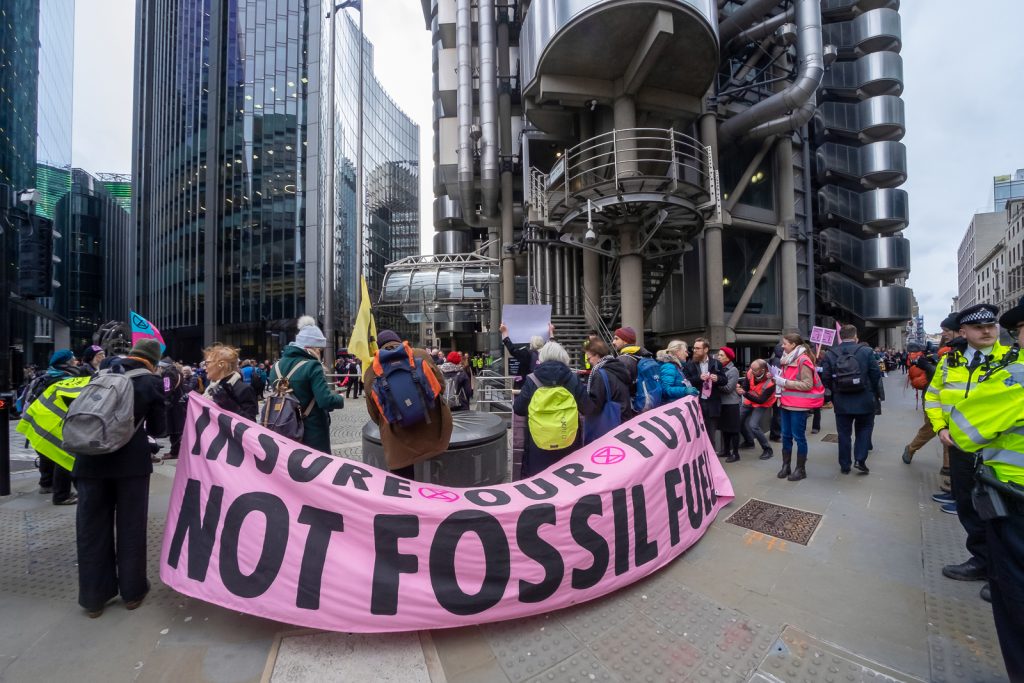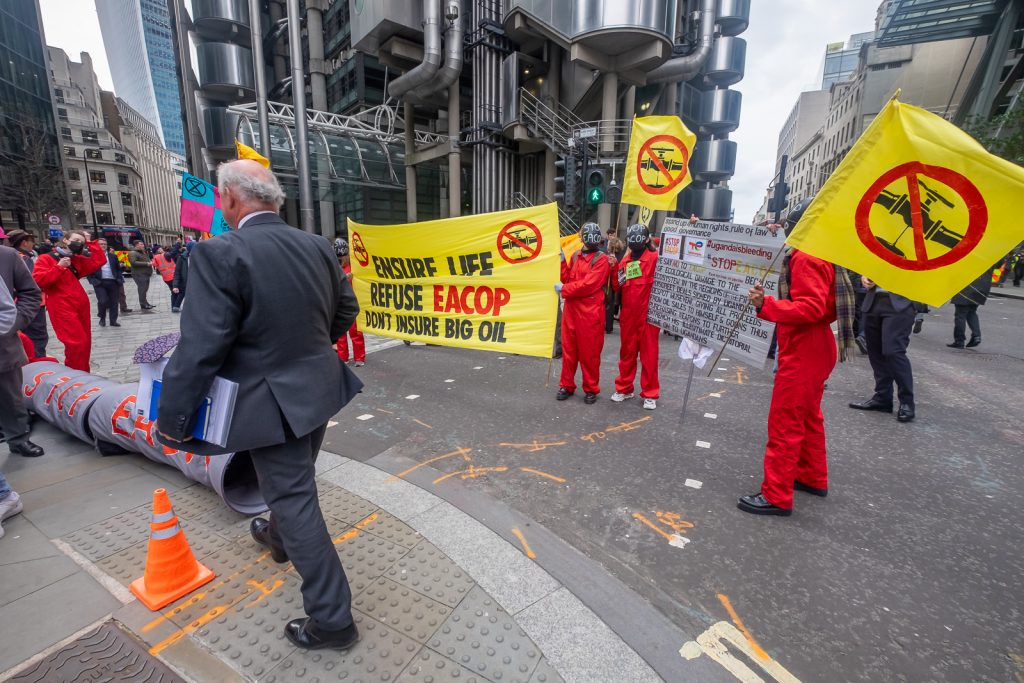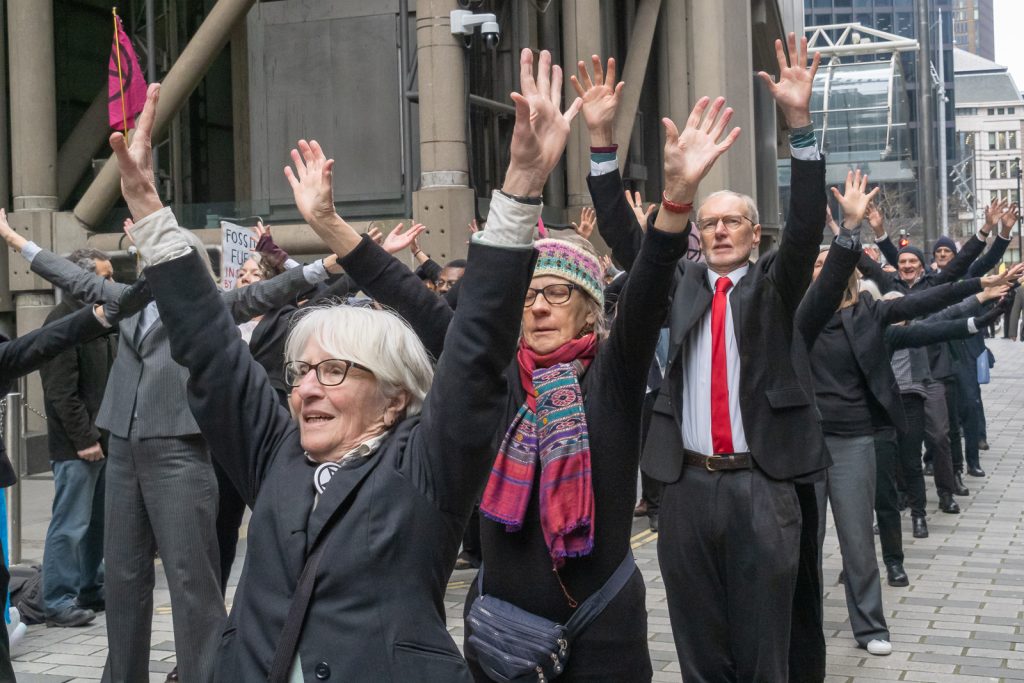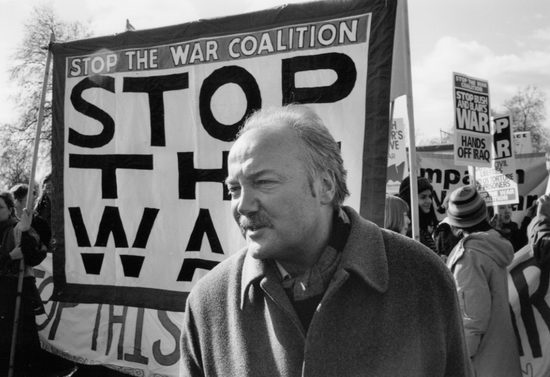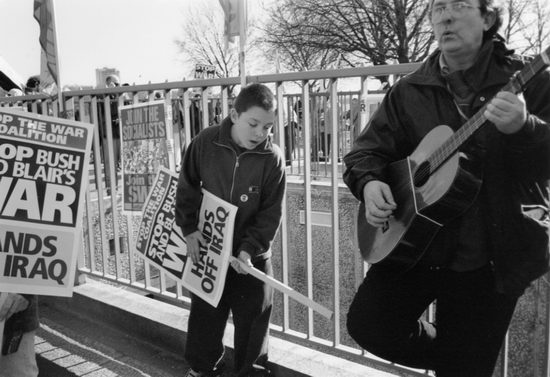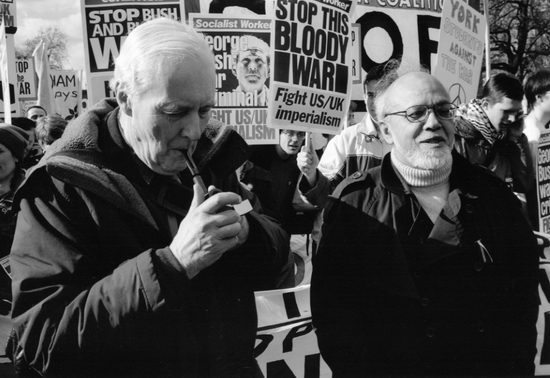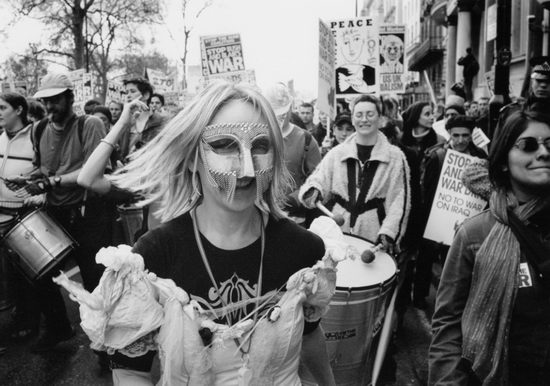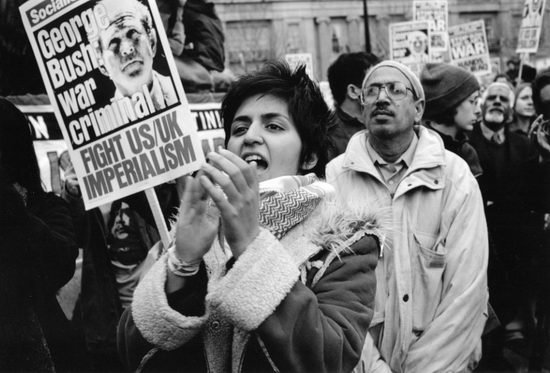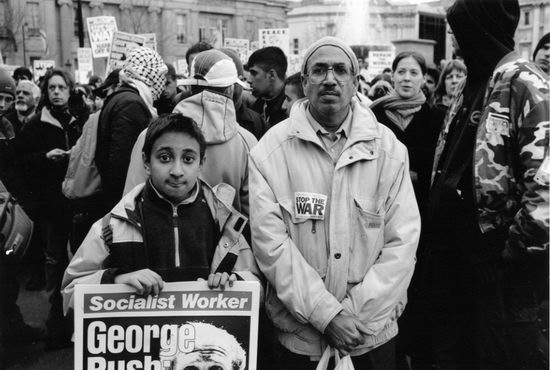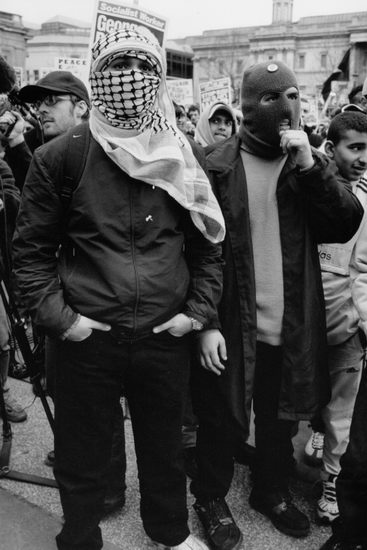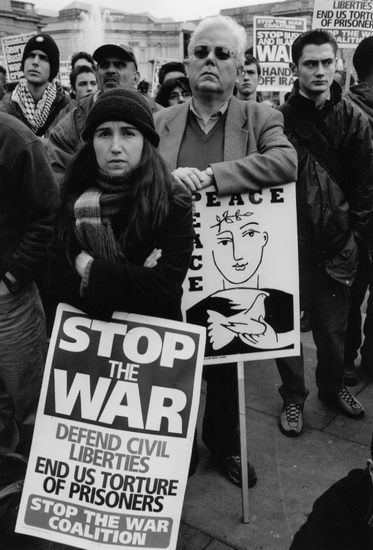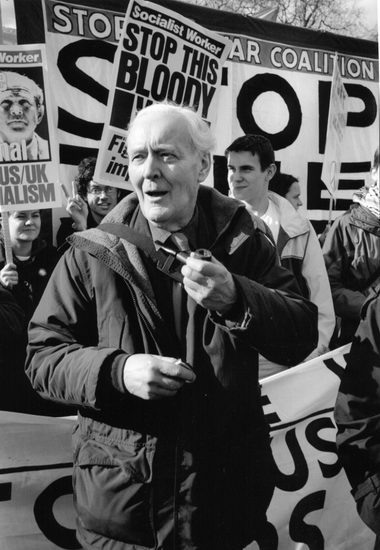Hull General Cemetery – I’ve long been fascinated by cemeteries and London certainly has some fine examples, though I’ve tried hard not to devote too much time to photographing them. But in many cities they provide places where you can get away from busy streets and they act as nature reserves in which you can sit and have a short rest and enjoy the variety of architecture and art in the memorials.
Hull has its share of cemeteries, at least 26, though some are long out of use and some in various ways desecrated. Those still open for burial are large and lacking in much interest though I sometimes visit particular graves there, but a number of older ones have survived at least in part, though one of those I liked to walk through, Trinity Burial Ground, was recently completely dug up.
Hull General Cemetery on Spring Bank West was opened for burials in 1847 and was described by Philip Larkin as “the most beautiful spot in Hull” and you can read more about it on the website of The Friends of Hull General Cemetery, a group only founded in 2018 and now a registered charity.
In the lengthy history of the cemetery on their site it mentions the cholera epidemic across the world which which reached Hull in 1849 which killed 3% of Hull’s population. Most of their bodies were buried in a plague pit in this cemetery and later a large obelisk was erected in their memory.
It also mentions that before the opening of Hull’s first park in 1861 “it was the only place where people could promenade without paying a fee.” For some years it was also the only place in Hull open for burials and some large and ostentatious monuments were erected in memory of the wealthier inhabitants.
Hull General Cemetery was established by a private company and later in 1862 the local authority was enabled to set up a Burial Board and create municipal cemeteries, the first of which, now the Western Cemetery, was established on land adjoining the General Cemetery to the west.
Competition with the municipal cemeteries meant the General Cemetery went into a long period of gradual decline with the company being finally wound up in 1972 and the cemetery sold to Hull City Council for £1 in 1974.
The council then set in place a controversial scheme to redevelop the cemetery by removing most of the headstones and grass the area to make it easy to maintain. Much of the work was carried out with little care by youth labour projects and it aroused considerable and widespread opposition, “including such names as Philip Larkin and John Betjeman, was overruled and the wholesale destruction of irreparable historical artefacts took place.”
A small section was kept in its previous state and those headstones which were identified as being for more notable persons were allowed to remain. Over five years the council largely turned the cemetery into a park with a few monuments and small areas of the previous cemetery, including the Friends Burial Ground.
With cuts in local authority funding the council stopped the maintenance of the area and according to the web site “The dumping of rubbish began to happen more regularly, paths became quagmires; sycamore saplings began to destroy the remaining stones whilst ivy swamped them. The entire cemetery was quickly becoming a place to avoid rather than to visit.”
As well as on the web site you can also read about the cemetery in the the book ‘Hull General Cemetery 1847 – 1972, A Short Introduction‘ also by Pete Lowden and Bill Longbone.
On most of my visits to Hull from 1966 until 2018 I walked through the cemetery and the Western Cemetery from Sping Bank West close to the corner with Princes Ave to Chanterlands Ave, occasionally stopping to take a picture or two. The ones here are all from August 1989. One records the long story of John Gravill, Master Mariner which you can read above.
More to come from Hull in August 1999.
Flickr – Facebook – My London Diary – Hull Photos – Lea Valley – Paris
London’s Industrial Heritage – London Photos
All photographs on this page are copyright © Peter Marshall.
Contact me to buy prints or licence to reproduce.













